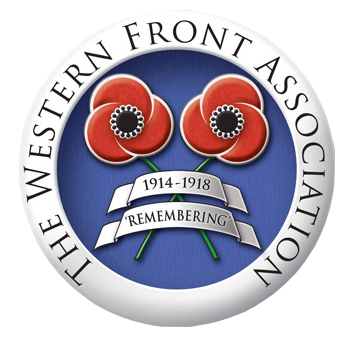‘He died a noble death’
- Home
- World War I Articles
- ‘He died a noble death’
Many families wished to keep husbands, sons and fathers lost in the First World War within the family embrace, even though their loved ones were buried in some foreign field.
Here’s a good example.
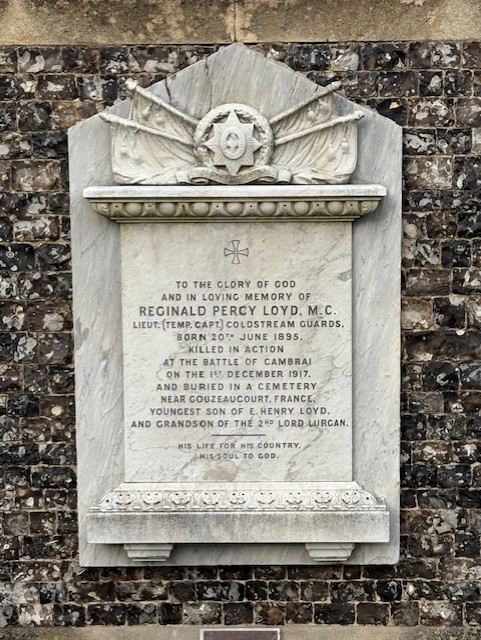
It’s a memorial to Captain Reginald Percy Loyd M.C., killed during the Battle of Cambrai on December 1st, 1917, at the age of 22.
His body lies in a British military cemetery at Metz-en-Couture in France.
But this memorial panel is attached to the external south wall of St Paul’s Church at Hunton Bridge near Abbot’s Langley in Hertfordshire, opposite the ancestral home.
Touchingly, the area of the graveyard in front of the memorial is cordoned off by white rails, and contains graves of other members of the family.
In a sense, Captain Loyd has ‘come home’.
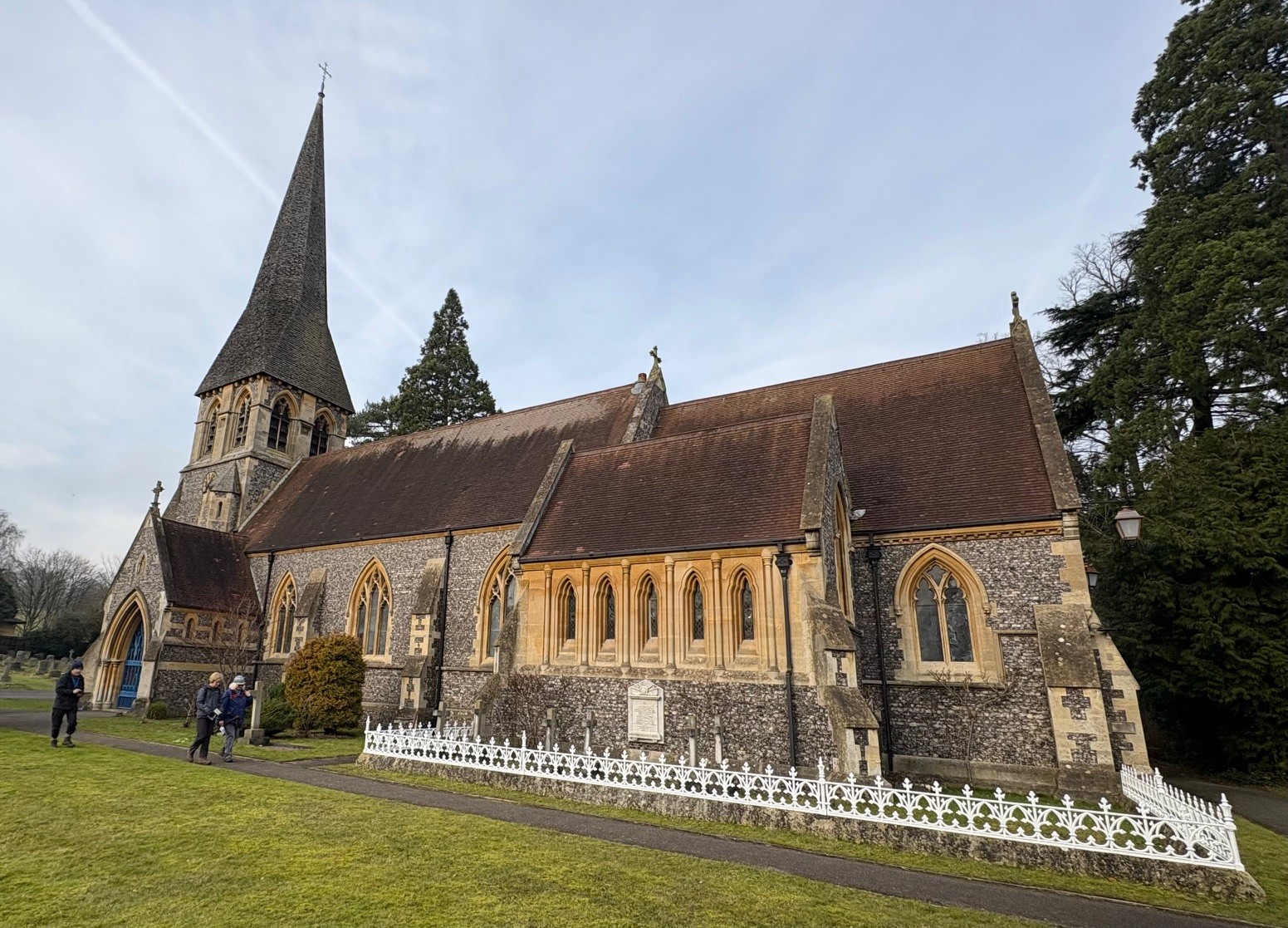
What do we know about him?
He was born in Chelsea in 1895, the youngest of three sons of Edward and Clementina Loyd. He was – as many young officers were – extremely privileged. His father was a Justice of the Peace and had served as High Sheriff of Hertfordshire. He was educated at Eton, and achieved the rank of Lieutenant in the Hertfordshire Territorial Force.
Around the turn of the century, the family had moved to Langlebury House, opposite St Paul’s Church.
It’s now a school and children’s farm.
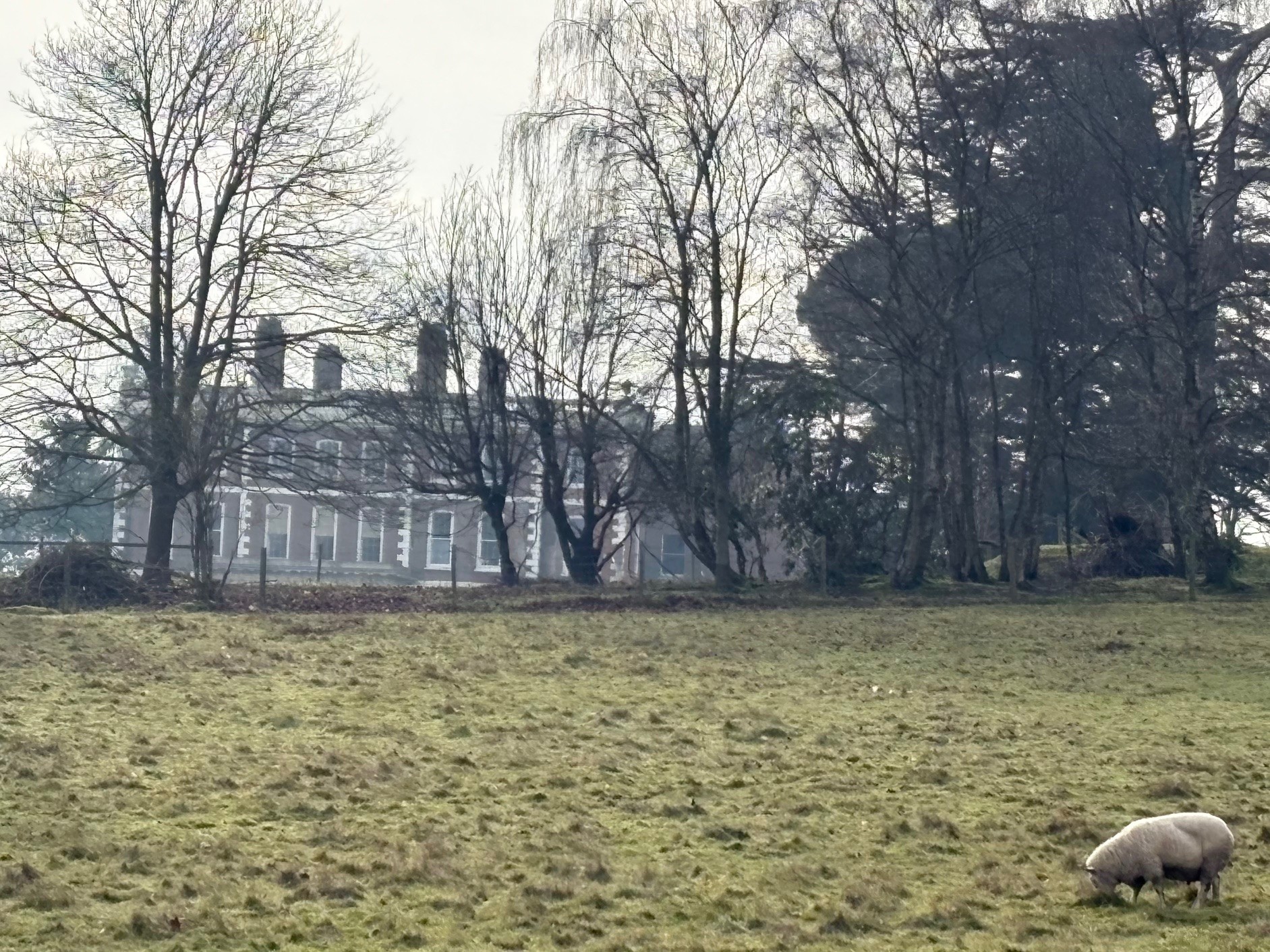
Thanks to research by hertsatwar.co.uk and backtothefront.org, we know that Reginald Loyd sailed to France in March 1915 and served with the 1st Hertfordshire Regiment throughout 1915 and 1916. He was injured twice when the Regiment was fighting near Festubert near Bethune. At some point, he joined the 3rd Battalion Coldstream Guards, who were also based near Festubert. His brother Henry was also a Coldstreams officer.
In 1917, the Coldstream Guards were in action during the Battle of Cambrai in Bourlon Wood, dense woodland west of Cambrai, still full of brooding menace even today. The Allies – using tanks – had made great headway when the battle started on November 20th, but the assault ground to a halt and the Germans staged a massive counter-attack. Reginald Loyd – an acting Captain - and the Guards were charged with stemming the German assault – without support from artillery or tanks. He was killed near the village of Gonnelieu.
Not long after news of his death reached home, the Abbots Langley Parish Magazine said:
The officers (of the Coldstream Guards) speak in the highest terms of his capabilities and bravery. He died a noble death, leading his company against a hail of bullets, to drive the Germans back after they had broken through at Gouzecourt. The Guards had been in it at Bourlon Wood, and were on their way to rest when the catastrophe occurred and they were hurled into the line at half an hour’s notice. He was hit high in the thigh, and died in a few seconds.
Captain Loyd was awarded the Military Cross for bravery.
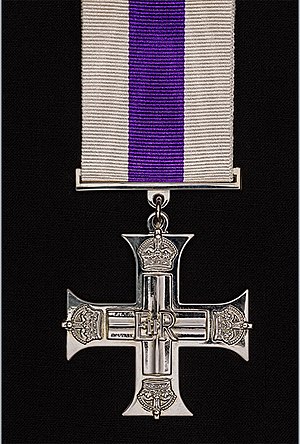
The details were published in the London Gazette in April, 1918:
For conspicuous gallantry and devotion to duty in leading his men through a heavy barrage. When the enemy counter-attacked, he displayed great initiative, and formed a defensive flank under most difficult conditions.
Captain Loyd now lies in Metz-en-Couture Communal Cemetery, British Extension, (II.E.15).
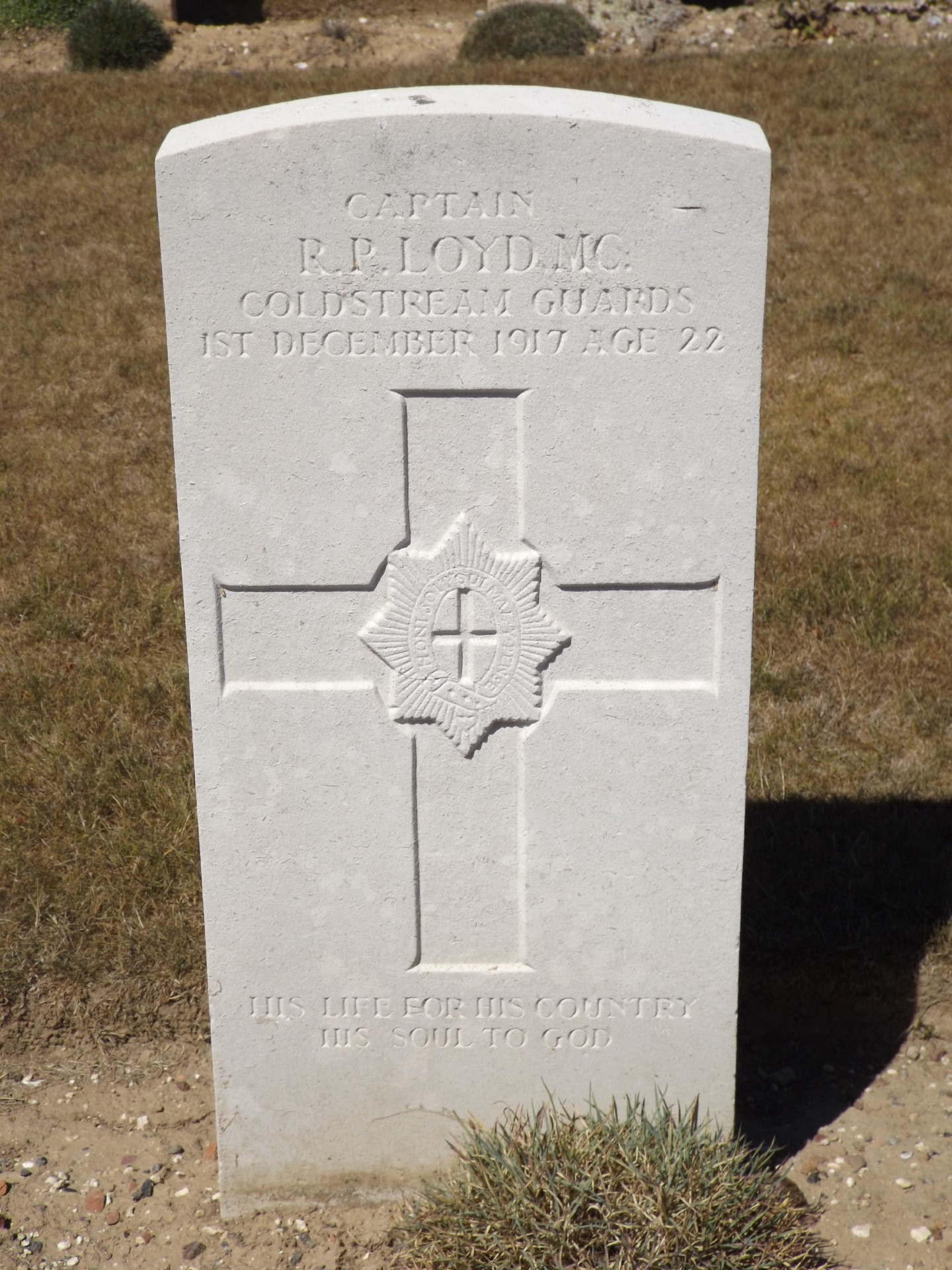
This photograph is courtesy of Karen and Ian Barber, and their World War 1 Memorial Page.
But his name is remembered – in perpetuity – back home in Hertfordshire.
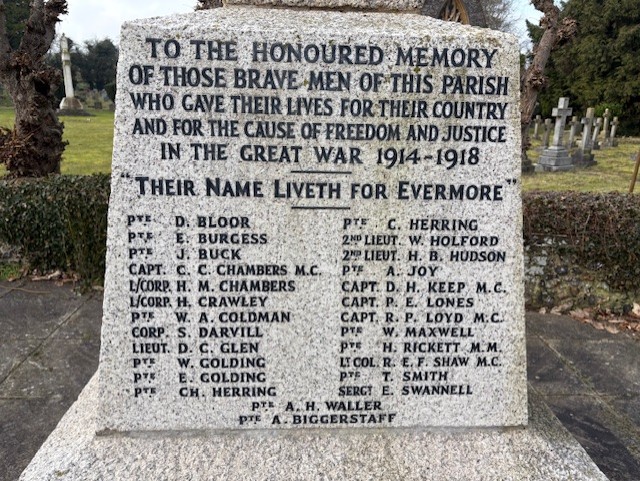
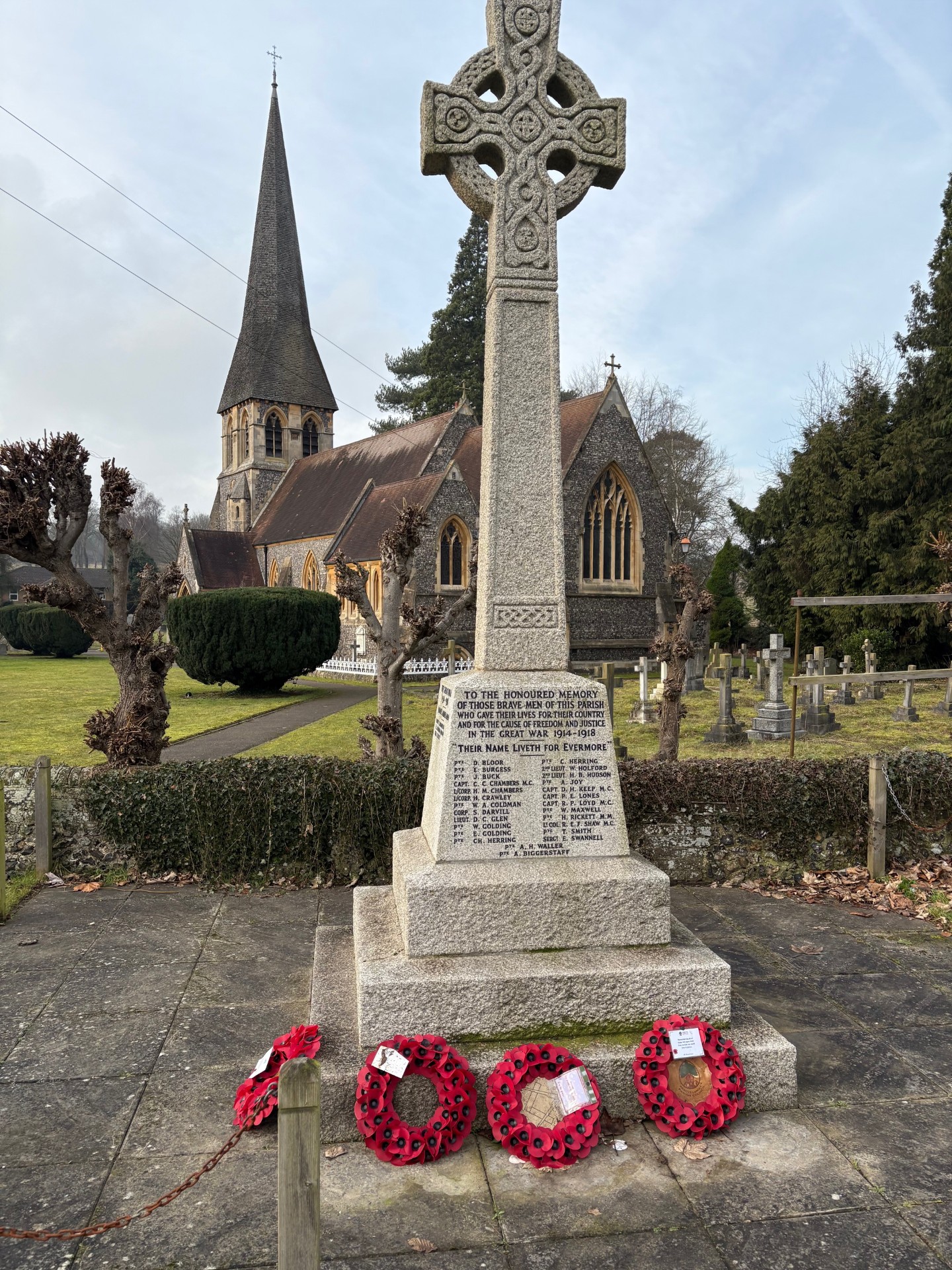
Article submitted by Rob Kirk





